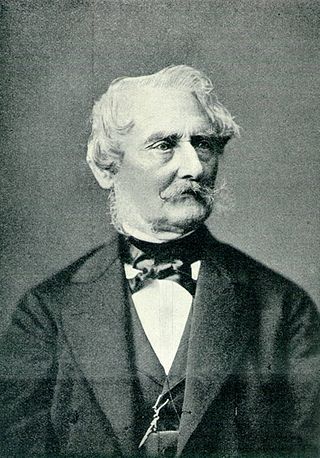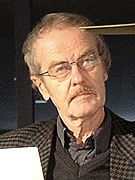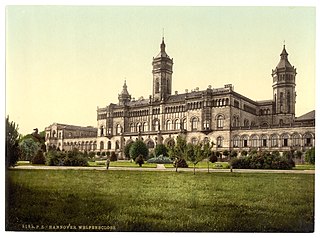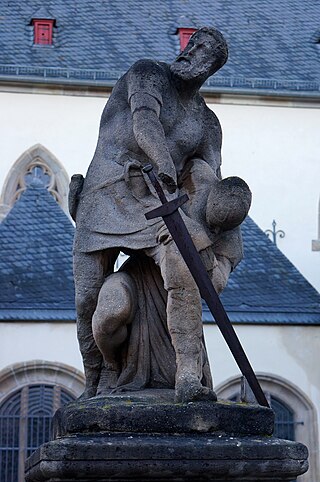
Ernst Friedrich Hieronymus Ebeling (29 October 1804, Hanover –12 September 1851, Hanover) was a German architect and building official.

Ernst Friedrich Hieronymus Ebeling (29 October 1804, Hanover –12 September 1851, Hanover) was a German architect and building official.
He began studying architecture under the Court Building Officer Diedrich Witting. [ de ] In 1823 he continued his studies with Friedrich Weinbrenner in Karlsruhe. Following Weinbrenner's death in 1826, he spent two years on a study trip to Rome.
From 1829, he worked as an architect for military buildings. He became the first teacher of architecture at the new arts and crafts school in 1831. Following an outbreak of cholera on the Russian border, he and the Royal Surgeon, Georg Holscher, [ de ] visited the quarantine zone there and designed similar facilities in Damnatz.

He returned to Russia in 1832, visiting Saint Petersburg, where he was involved in erecting the Alexander Column. He later visited England and, in 1843, made another trip to Italy. During this time, he designed several projects with the aim of introducing architectural styles from those countries to Hanover. Using the Palazzo Medici Riccardi as a model, he created the original main building for the Polytechnic School (1835–1837) and employed Florentine styles for the armory at Waterlooplatz, [ de ] as well as a number of private buildings, one of which is now used by the stock exchange. [1] He built his own home, in a similar style, in 1850. [2] He was a co-founder of the Hanover Architects and Engineers Association. [ de ] [3]
Adolf Wissel was a German painter. He was one of the official artists of Nazism.

Conrad Wilhelm Hase was a German architect and Professor. He was a prominent representative of the Neo-Gothic style and is known for his preservation work.

Johann Heinrich Strack was a German architect of the Schinkelschule. His notable works include the Berlin Victory Column.
Hermann Bahlsen was a German entrepreneur in the food industry as well as the inventor of the Leibniz butter biscuit and founder of the Bahlsen confectionery factory.

Carl Friedrich Wilhelm Geist was a German Impressionist painter.

Bertha Mathilde Müller was an Austrian portrait painter.

Hugo Thielen is a German freelance author and editor, who is focused on the history of Hanover, the capital of Lower Saxony, in a lexicon of the city, another one especially of its art and culture, and a third of biographies. He co-authored a book about Jewish personalities in Hanover's history.

Edwin Oppler was a German architect of Jewish ancestry, and a major representative of the Neo-Gothic style. He designed several synagogues, throughout Germany, all of which were destroyed by rioters on Kristallnacht.

Christian Heinrich Tramm was a German architect who, in 1850, introduced the Rundbogenstil in Hanover.

Robert Cauer the Younger was a German sculptor.

Alois Erdtelt was a German portrait painter and art teacher.

August Brömse was a Bohemian German etcher and painter.

Dominicus van der Smissen, or Van der Schmissen was a German painter, known primarily for portraits.
Adolf Falke was a German architect, draughtsman, designer, stage designer and municipal politician.

Carl Conrad Julius Hertel was a German genre painter, associated with the Düsseldorfer Malerschule.
Paul Weidner was a German architect.

Josef Flossmann was a German sculptor; associated with the Munich Secession.

August Heinrich Andreae was a German architect, painter, and etcher.

Carl Emil Rudolf Ludwig Becker was a German marine artist.
Gertrud Bürgers-Laurenz was a German flower and portrait painter.